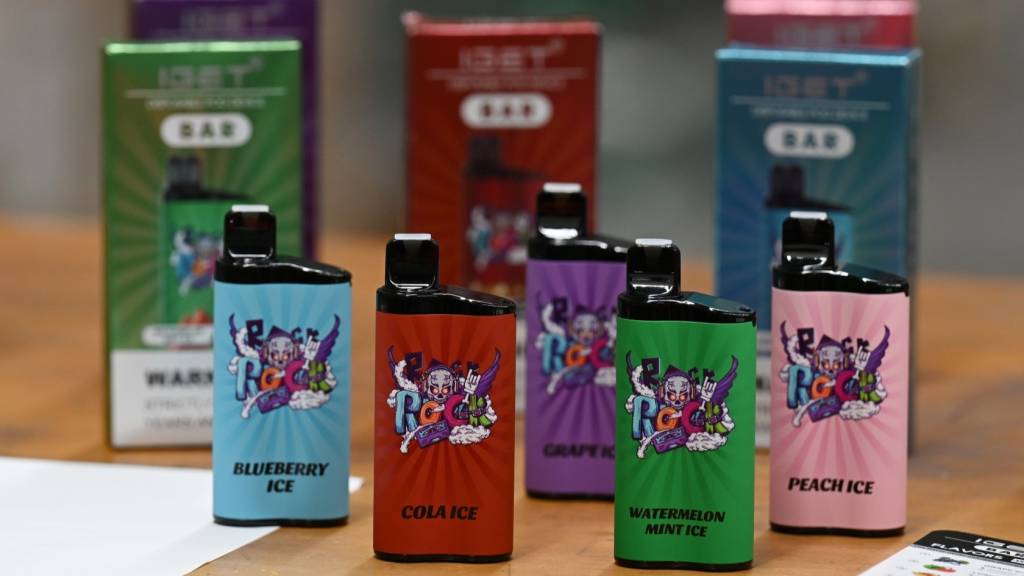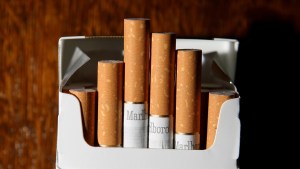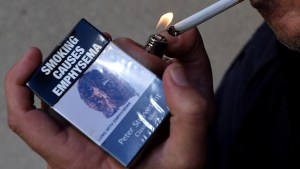Alarming new polling data from Roy Morgan has revealed that both smoking and vaping rates have risen in Australia since the government’s 2024 crackdown on nicotine vaping products. After years of gradually declining smoking prevalence, this reversal should sound alarm bells in Canberra. It highlights a fundamental failure in Australia’s approach to tobacco and nicotine regulation that is driving more people back to deadly cigarettes and fuelling a dangerous black market.
Australia now has the most restrictive nicotine control regime in the developed world. Tobacco products are subject to extraordinarily high taxation, while consumer nicotine vaping products remain effectively banned. These measures were intended to reduce smoking and prevent youth vaping uptake. Yet, as the Roy Morgan figures demonstrate, they are achieving neither objective. Instead, they are entrenching smoking, exposing the public to unregulated products, and creating fertile ground for organised crime.
According to the Roy Morgan survey and industry estimates, an estimated 30-40% of tobacco is now supplied through the black market. Illegal cigarettes are widely available across Australia, often sold at around one-third the price of legal products. These products are untaxed and unregulated and come without plain packaging or adequate health warnings, undermining key pillars of Australia’s tobacco control strategy. At the same time, the use of illicit vapes has grown substantially, becoming the second-largest illicit drug market in the country, just behind cannabis.
Related Article Block Placeholder
Article ID: 1211813
It used to be the case that someone had to inhale smoke to be harmed by tobacco. Sadly, this is no longer true. Prohibition has created a sprawling illicit trade, endangering not only people who smoke but also entire communities. Since 2023, there have been more than 220 arson attacks, multiple homicides, and widespread extortion linked to the illicit trade in tobacco and vapes. These are the hallmarks of a black market spiralling out of control.
The government’s heavy reliance on punitive enforcement has done little to stem the tide. As we have seen in the broader war on drugs, increasing police budgets, imposing more severe penalties, and conducting border crackdowns rarely eliminate supply. Instead, these measures drive illicit markets further underground, increasing profits for criminals and raising risks for consumers and communities.
International evidence points to a better path. Countries such as New Zealand, Sweden and the United Kingdom have adopted tobacco harm reduction policies that make lower-risk nicotine alternatives, such as vapes, more accessible than cigarettes. The results speak for themselves.
Since regulating vapes in 2020 to ensure that this smoke-free option was more available than high-risk cigarettes, New Zealand’s adult smoking rate has fallen at twice the rate of Australia’s. Among disadvantaged groups, the gains have been even more dramatic. The Māori smoking rate has halved since 2016, and the lowest socio-economic quintile has seen a decline from 26.2% to 10.7%. By contrast, Australia’s most disadvantaged populations continue to smoke at persistently high rates.
Why the difference? Harm reduction. New Zealand has recognised that the key to reducing smoking-related deaths lies in offering adults who smoke a safer alternative and ensuring that alternative is more accessible than cigarettes. By regulating vaping products and allowing their sale through licensed, age-restricted outlets, New Zealand has avoided the emergence of a significant black market for vapes while accelerating the decline in smoking.
Australia can no longer afford to ignore these lessons. Harm Reduction Australia — to which both of us are advisors — has a recent policy brief that outlines a roadmap for reform. It recommends establishing a regulated legal market for lower-risk nicotine products, reducing tobacco excise to undercut the illicit trade, and involving people who smoke or vape in the policymaking process. It also calls for shifting investment from enforcement to regulation and public education, ensuring consumers are informed about the relative risks of nicotine products.
Related Article Block Placeholder
Article ID: 1199584
Opponents of reform often frame harm reduction as a capitulation to industry interests. However, the status quo serves only two groups: the criminals who control the black market, and the tobacco companies whose deadly products remain more accessible than their safer competitors. By contrast, a regulated market for nicotine vapes would help reduce smoking more quickly and cut profits for the criminals who currently dominate supply. It is in Australia’s interest to nudge tobacco companies from an industry based on combustible cigarettes to a market based on safer, smoke-free alternatives.
The new Roy Morgan data confirm what many public health experts have feared. Australia’s current nicotine strategy is not only unsustainable but also counterproductive. Without urgent reform, smoking rates are likely to climb further, the black market will continue to grow, and more communities will be exposed to violence and unsafe products.
Australia must abandon its failed war on nicotine and embrace a strategy that works. Harm reduction is not a radical idea. It is a pragmatic, evidence-based approach that has already saved lives in other countries. If policymakers are serious about reducing harm, protecting young people, and taking back control of the nicotine market, they must act now.
Should Australia adopt a harm reduction strategy for dealing with tobacco products?
We want to hear from you. Write to us at letters@crikey.com.au to be published in Crikey. Please include your full name. We reserve the right to edit for length and clarity.



